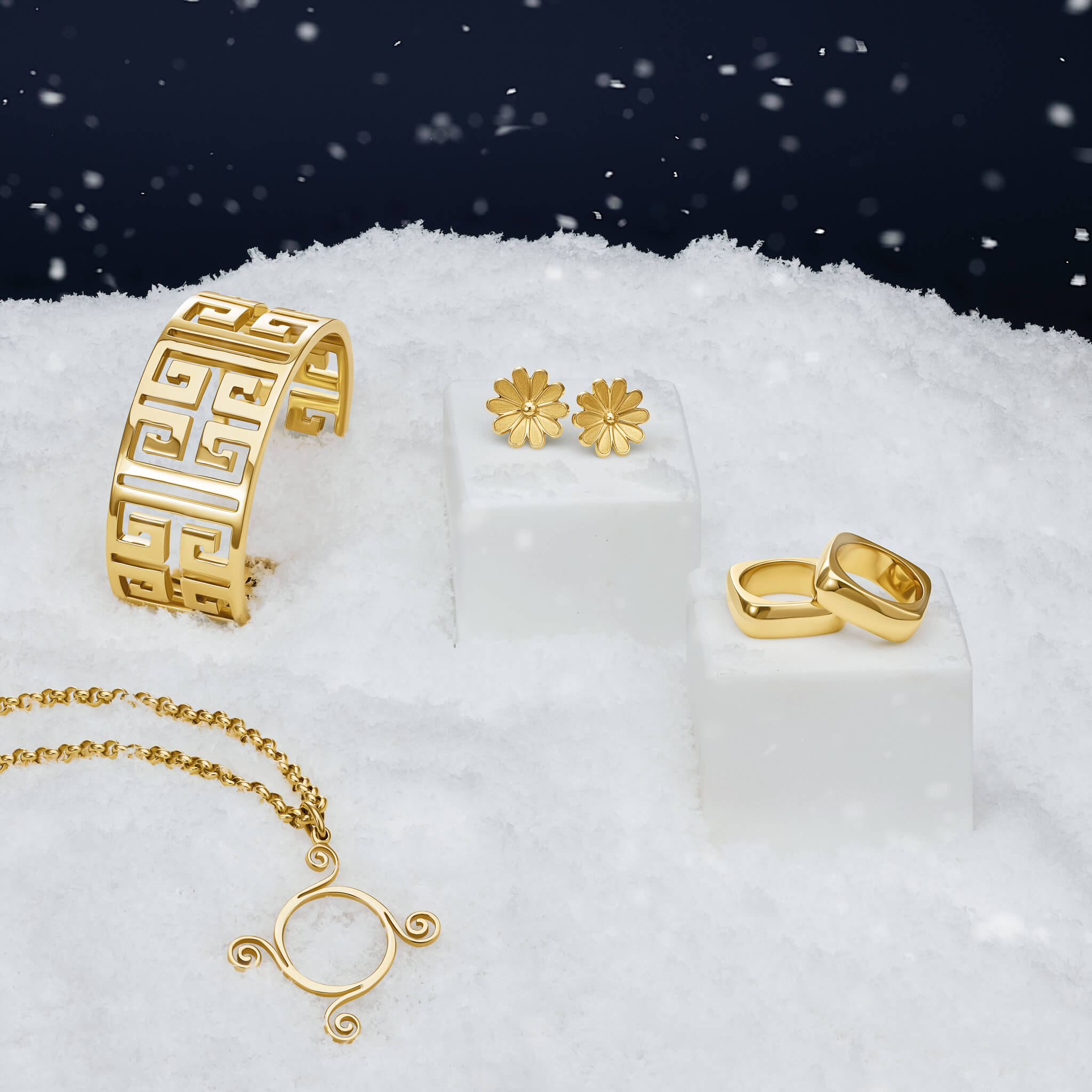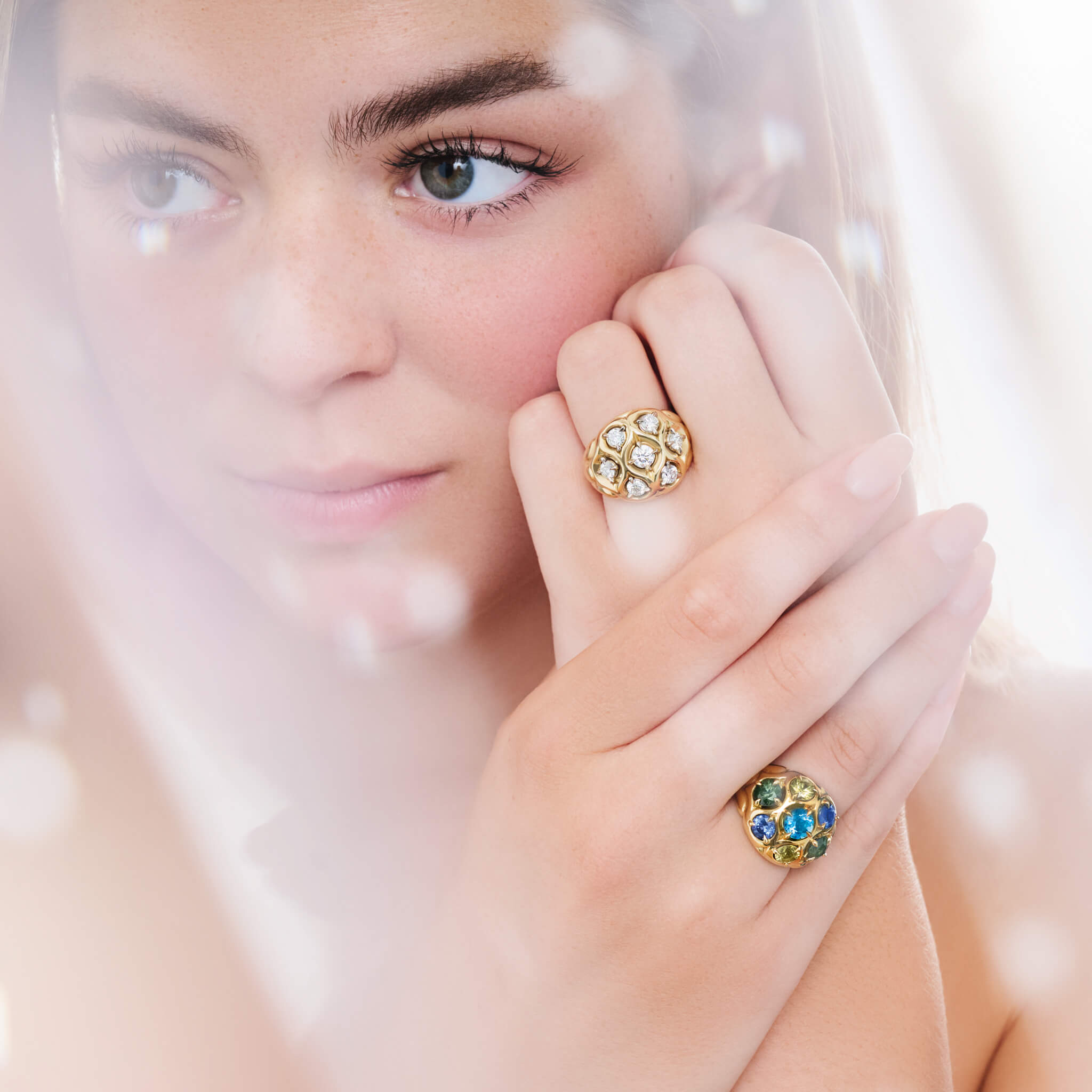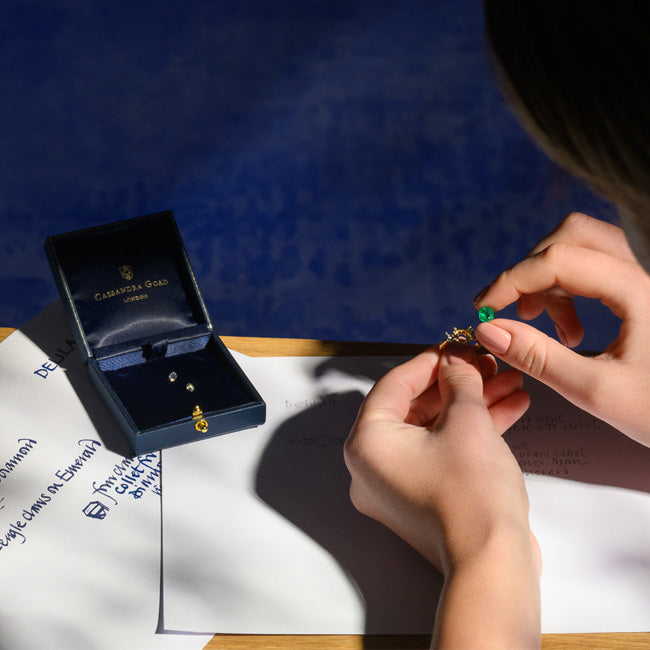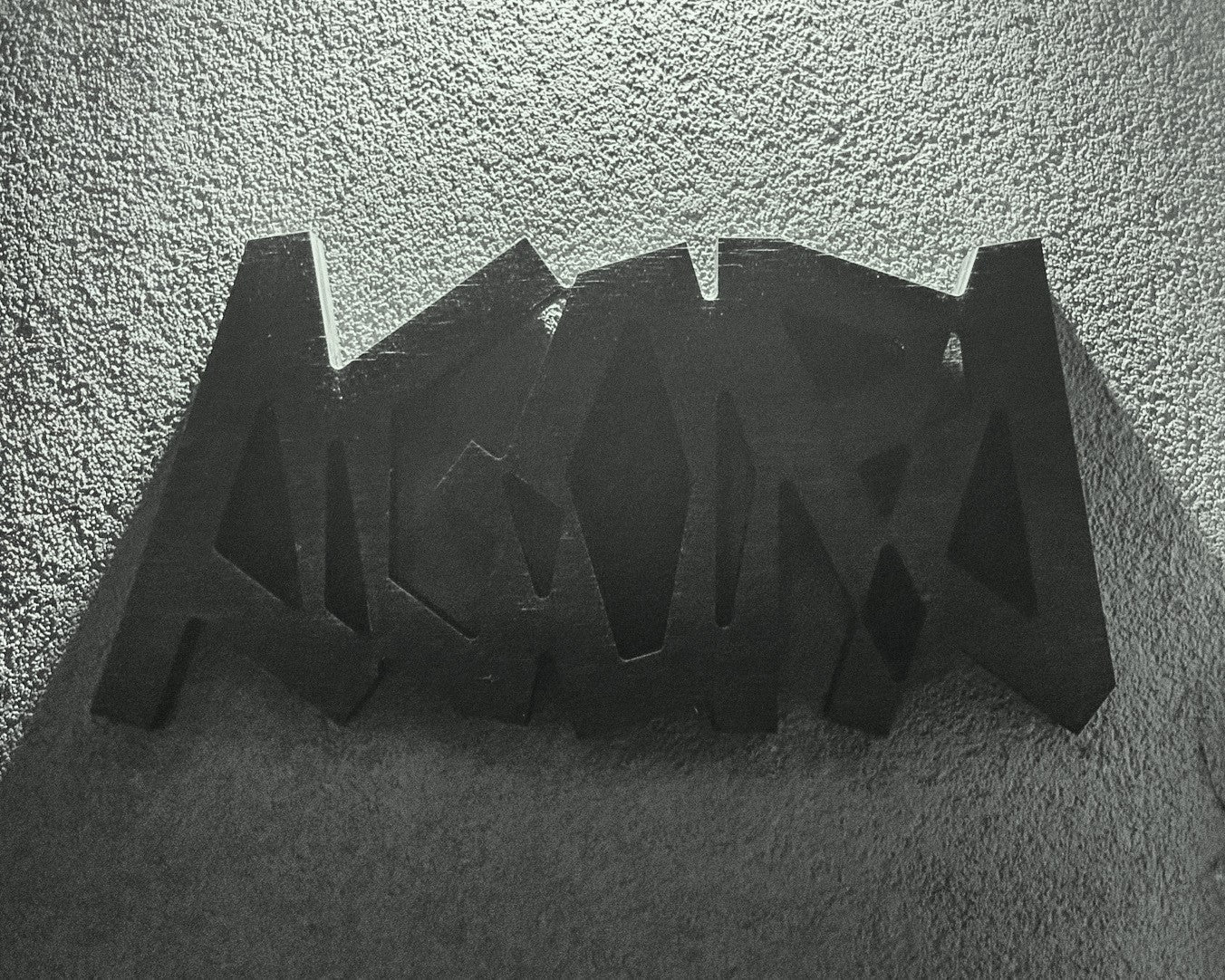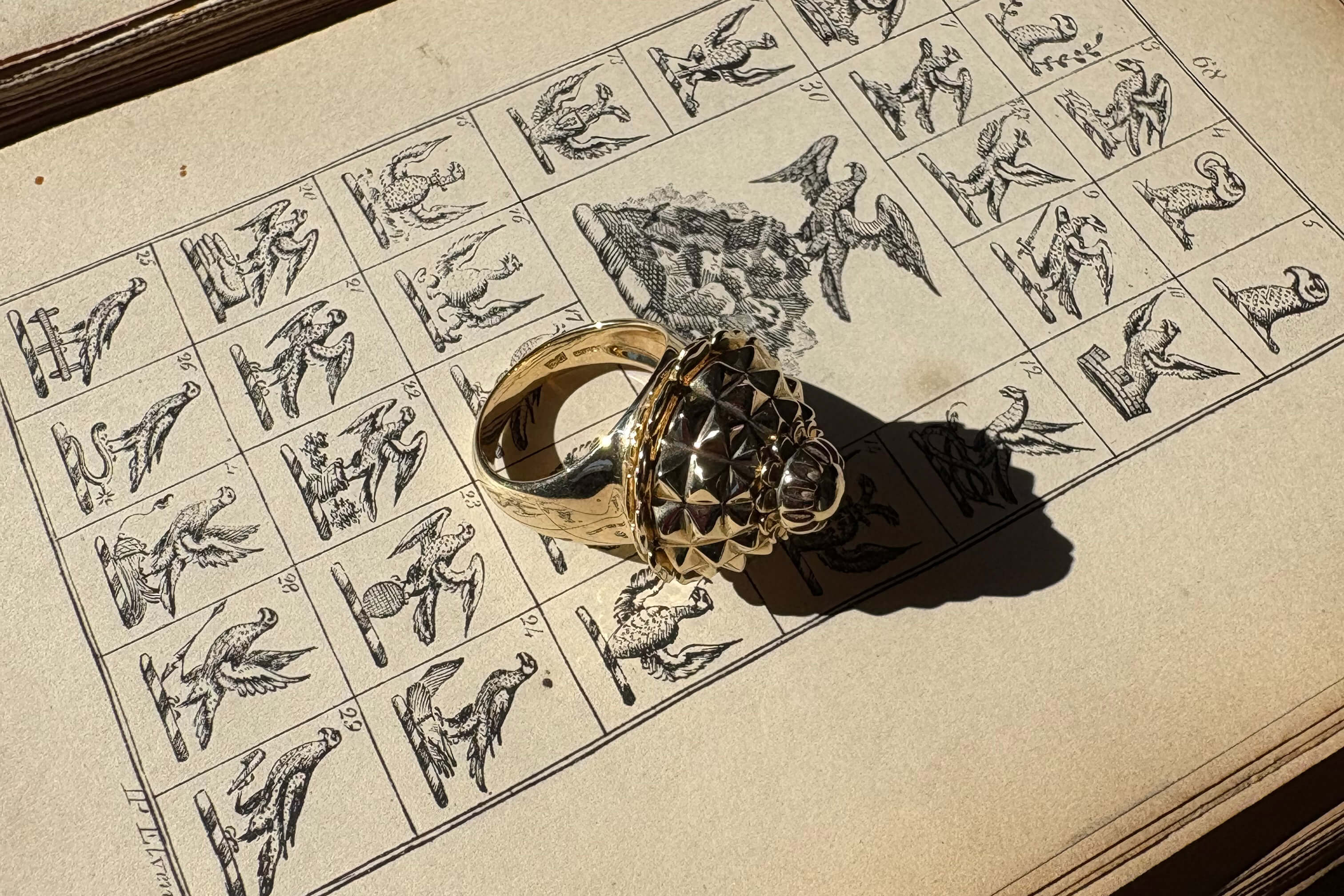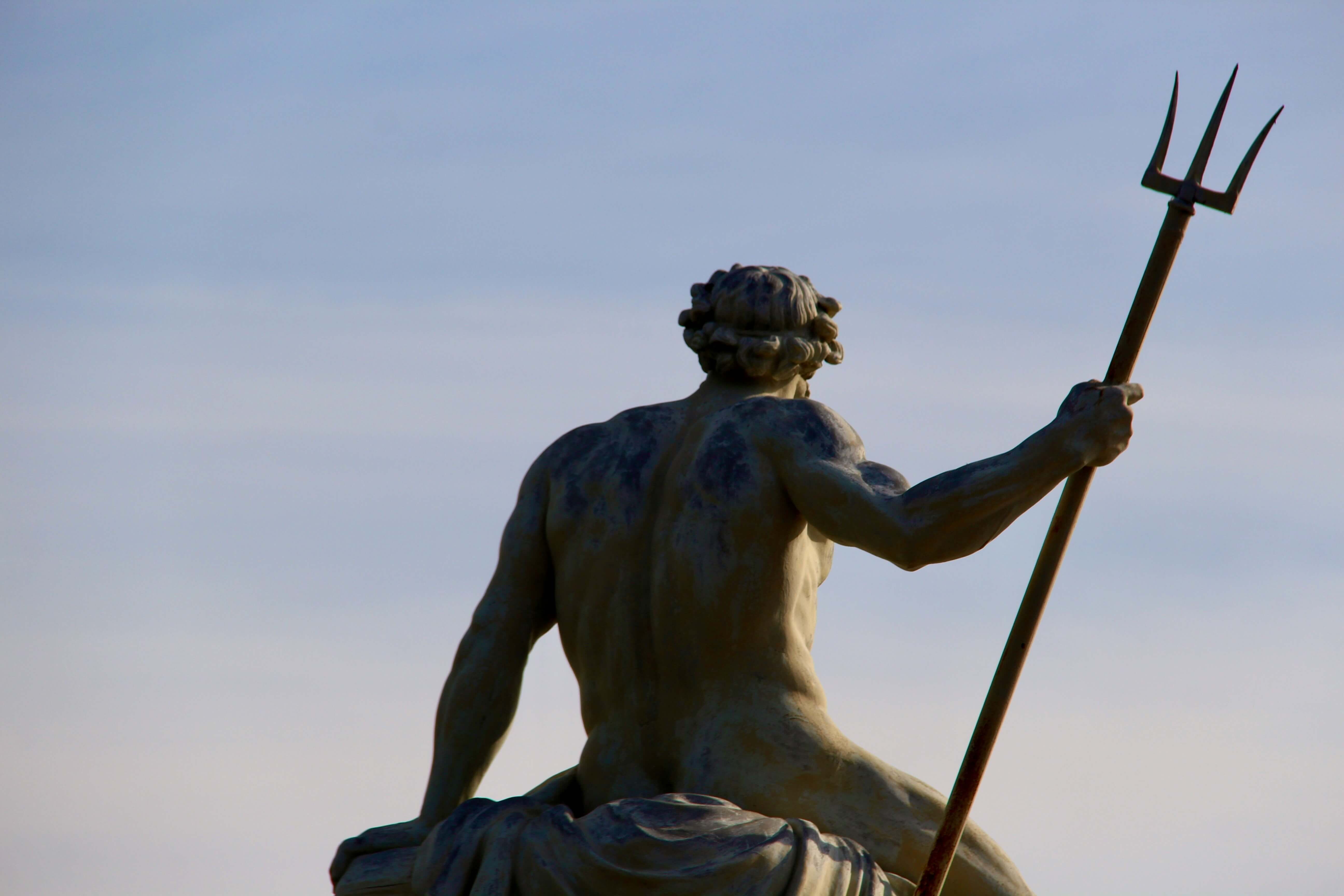
The Tale of the Trident
Few symbols in art and mythology hold such enduring fascination as the trident: a weapon of gods, a command over the waves, and a link between two ancient worlds. Poseidon and Neptune, though born of different cultures, are united by this emblem of the sea’s strength and mystery. It is a motif that has transcended centuries, inspiring some of Europe’s most impressive fountains.
As the ancient Greek world was slowly overcome by the Roman Empire, Roman religion adopted the Greek pagan gods, choosing Neptune to be their Poseidon. Both deities ruled the seas and are often shown holding their trident. Neptune’s depiction is one of immense strength, conviction, and courage. But Poseidon’s personality, like the ocean was changeable: it could be as formidable as roaring ink-black tempest or as gentle as soft turquoise waves lapping at a honey-coloured sand.
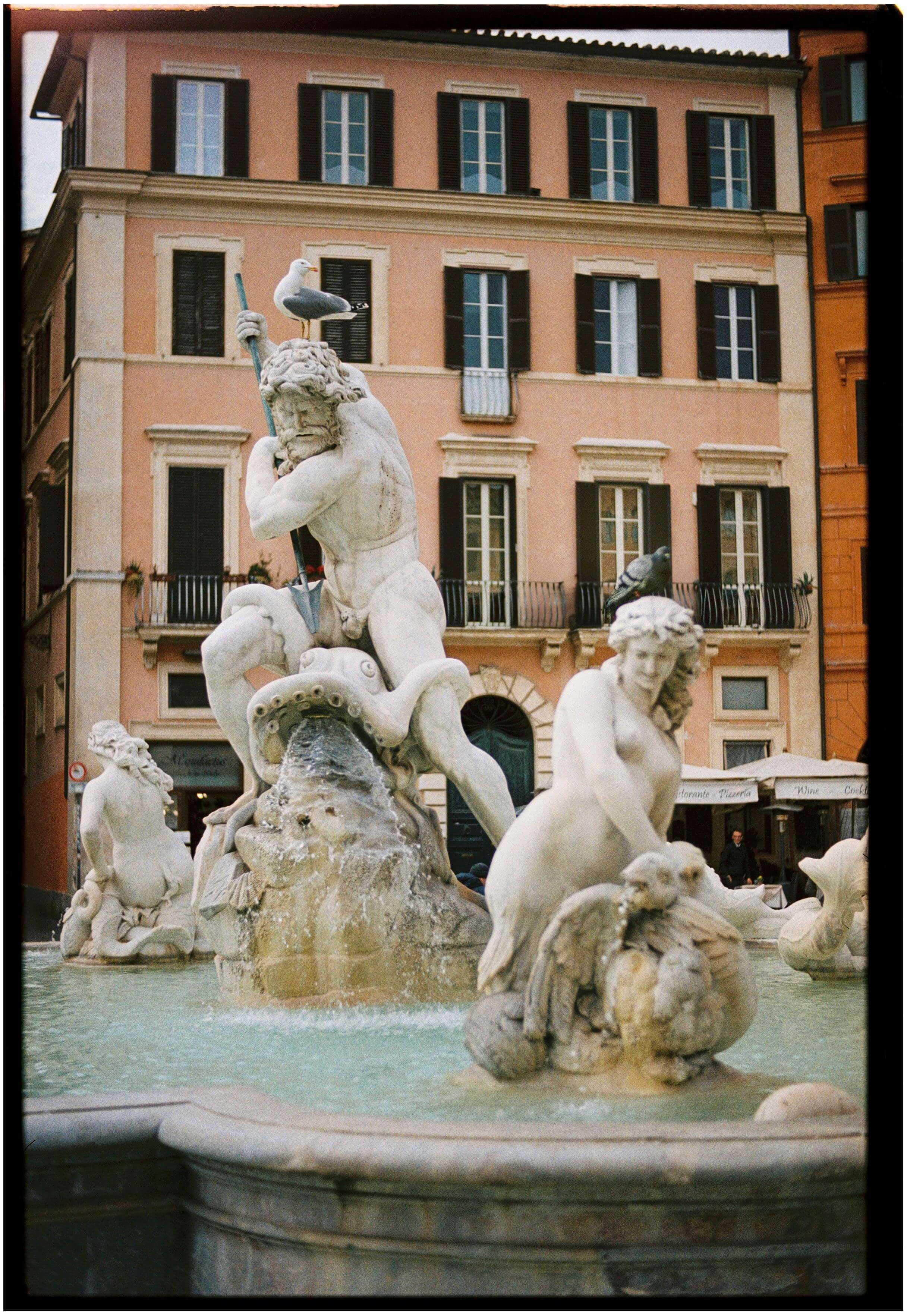
One striking depiction is the Fountain of Neptune in Rome’s Piazza Navona. Designed by Giacomo della Porta, the statue of Neptune was later added by Antonio della Bitta in 1878, showing the sea god locked in battle with an octopus. His raised trident and determined stance capture the same commanding energy that made Poseidon such a powerful figure in Greek mythology.
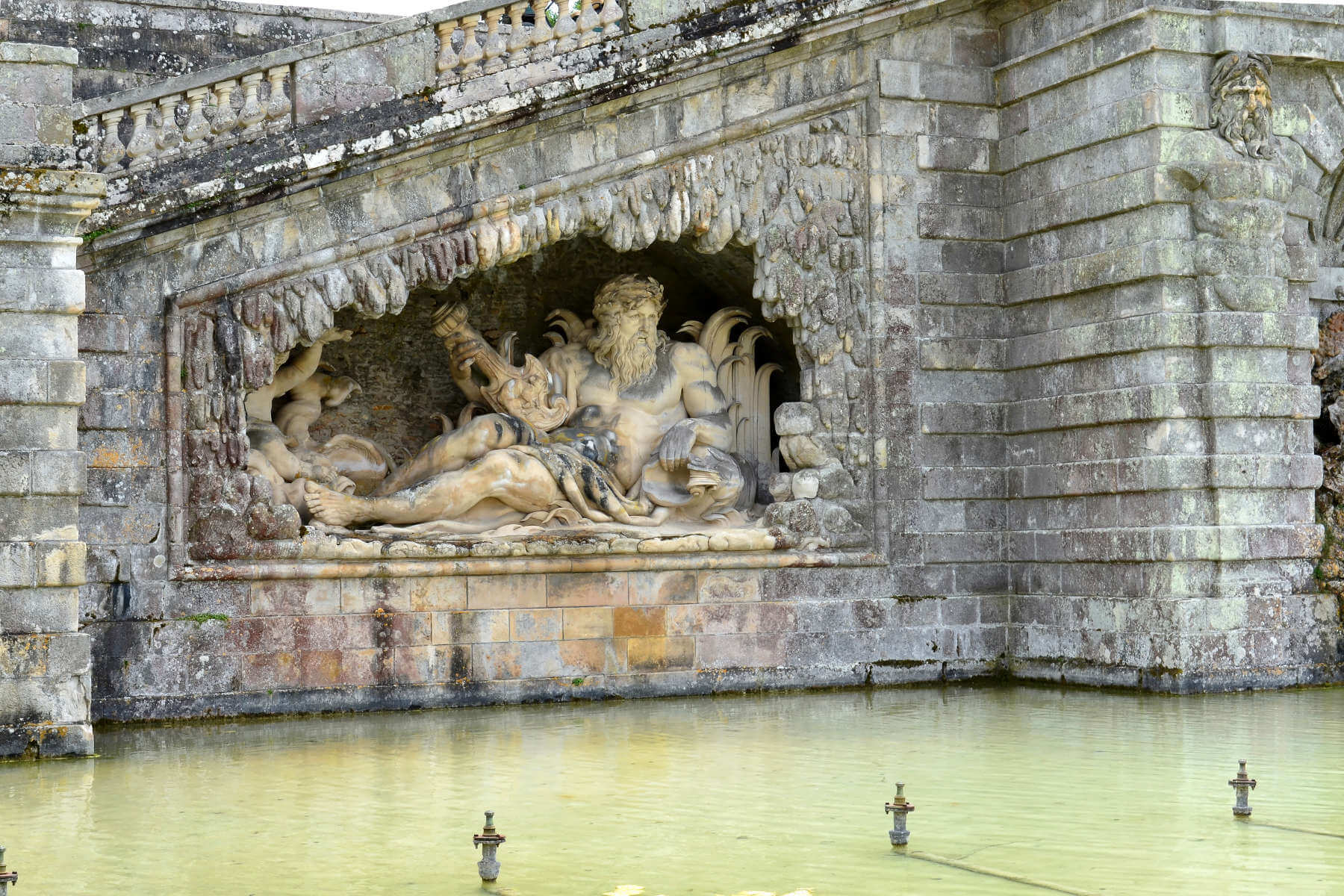
The trident’s presence went far beyond Greece and Rome, inspiring art and architecture across Europe. At the Château de Vaux-le-Vicomte in France, the Fountain of Neptune stands as a majestic tribute to the sea god’s enduring legacy. The château’s harmonious blend of myth and geometry, from its grand fountains to its sculpted gardens, also inspired Cassandra’s La Belle France collection.
www.all-free-photos.com
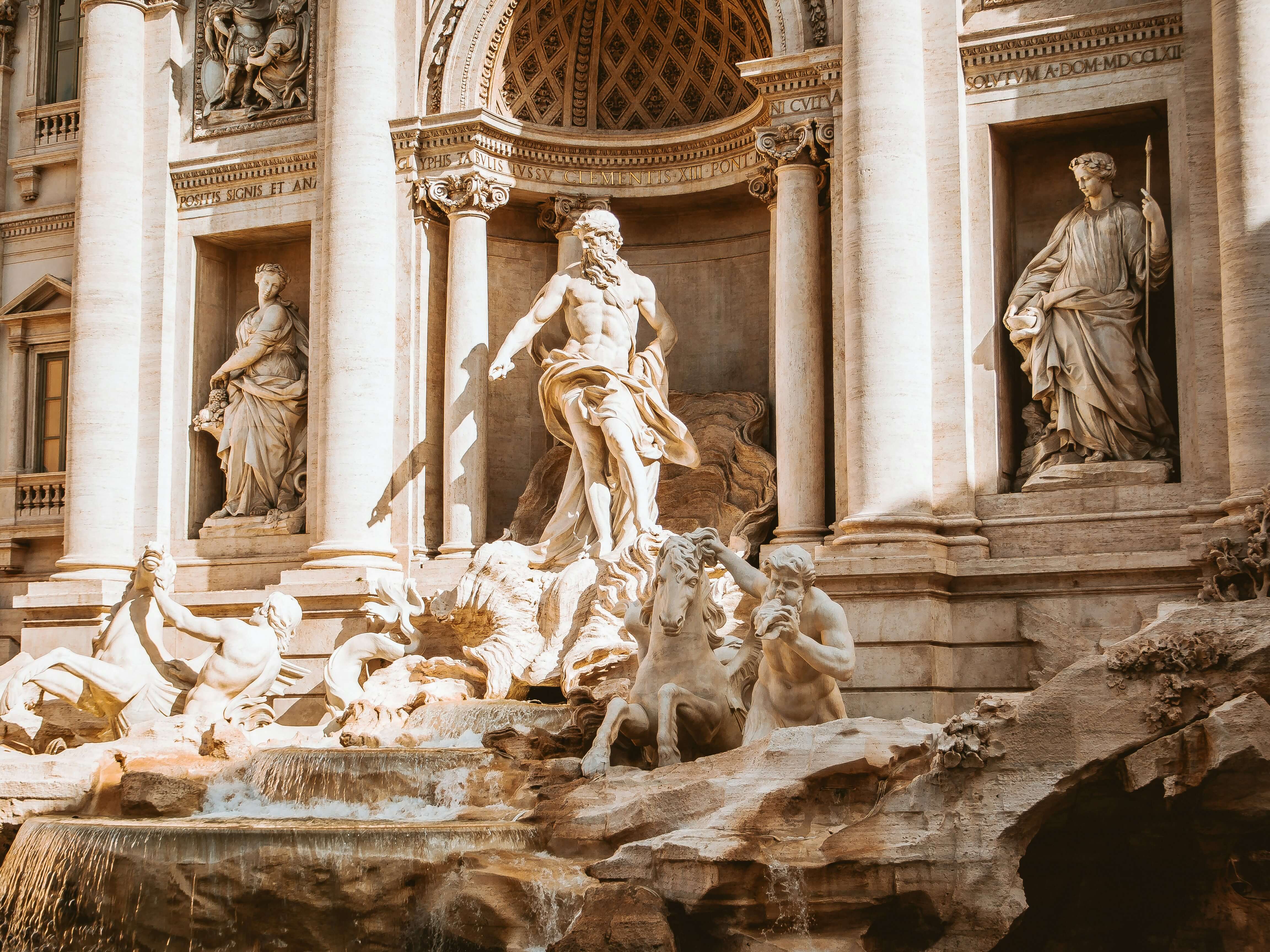
Even in Rome, the fascination with sea deities continues. Many visitors to the Trevi Fountain assume its central figure is Neptune or Poseidon, yet it actually depicts Oceanus, the personification of all waters. This mix-up reflects how easily myth and art intertwine, with the trident often standing as a shared symbol of water’s strength and power.
